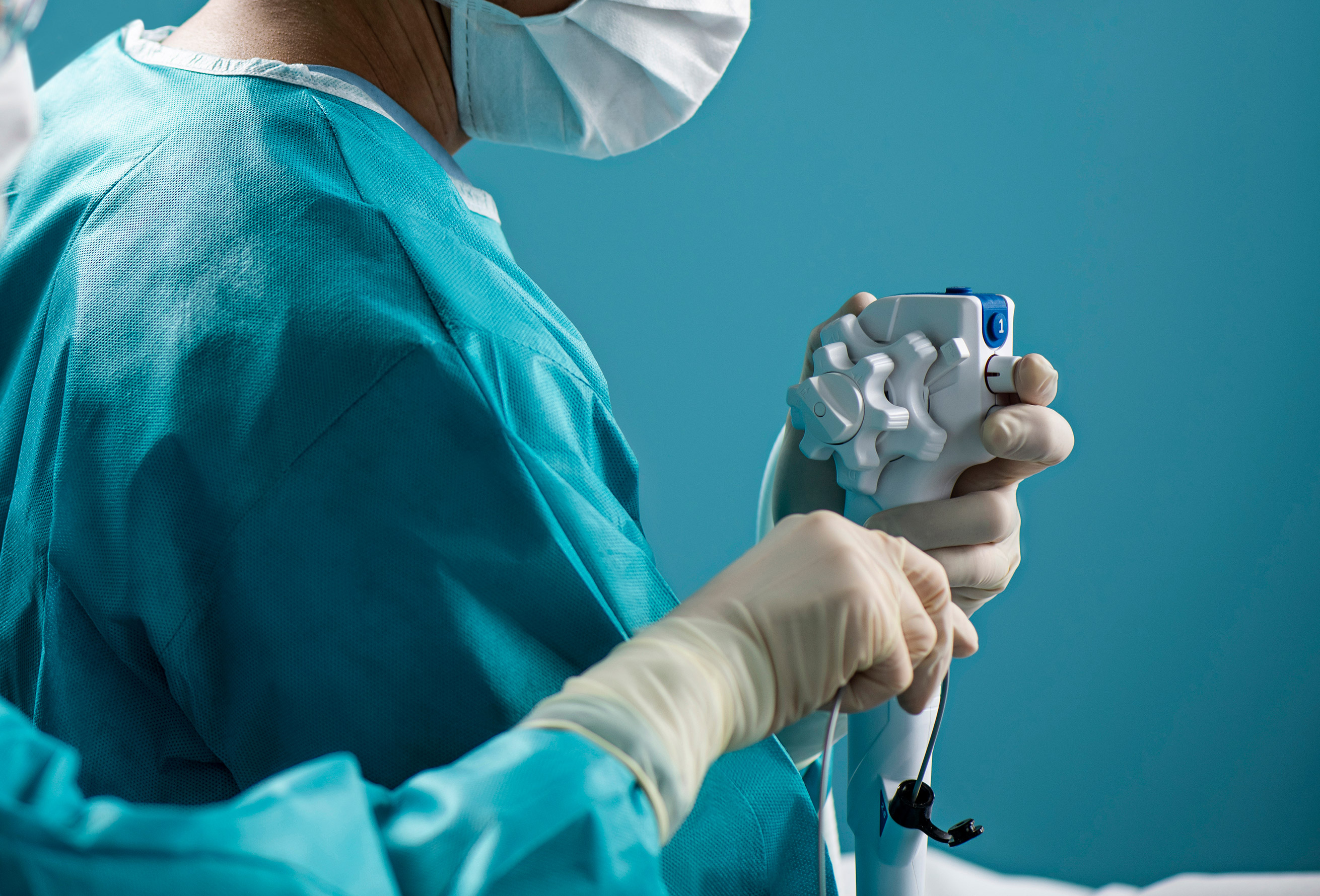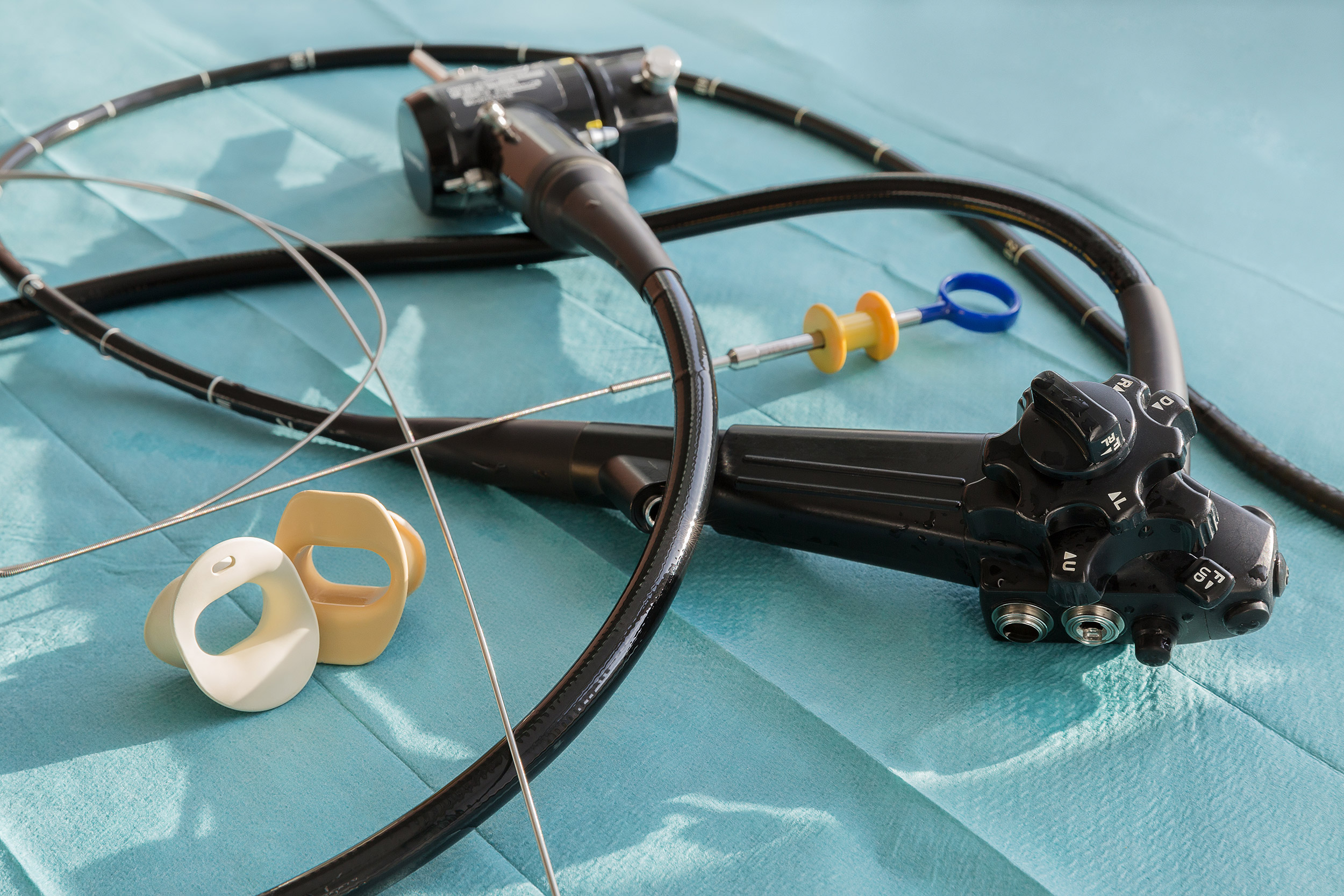
Ureteroscopy practices ought to consider breakage rates and repair costs when weighing the cost-effectiveness of reusable flexible ureteroscopes against single-use alternatives.
That’s one conclusion drawn by the authors of a recent systematic review and meta-analysis which claims to be the first to estimate the repair rate of reusable flexible ureteroscopes as well as the average repair cost per ureteroscopy.
The 18 studies included within the review published by the European Association of Urology found 411 repairs required from 5,900 procedures. Researchers calculated the average cost per repair to be $6,808. They determined the weighted repair rate to be 6.5 percent, which was equivalent to an average of 15 ureteroscopy procedures before a repair was needed.
These figures come out to an average of $441 in repair costs per procedure.
Ureteroscopy is the most common procedure to treat nephrolithiasis — kidney stones — worldwide and also used for urothelial cancer and stricture disease, the study authors write. The complex ureteroscopes used, however, are vulnerable to damage sustained during procedures or reprocessing cycles.
As the researchers found, routine repair is costly and may cause delays in service while devices are unavailable. Their sterilization requires specialized equipment and staff and inadequate cleaning increases infection risk.
“Single-use fURSs have been introduced to overcome these disadvantages,” the authors write. “Commercially available single-use fURSs have comparable and, in some cases, superior performance to reusable fURSs.”
One of the study’s authors is employed by Ambu A/S, a Danish company that manufactures single-use endoscopes, and another is a former employee. Two authors serve on Ambu’s advisory board.
Several studies have compared the cost-effectiveness of reusable ureteroscopes to single-use devices.
“The majority of these studies highlighted the significant expenditures associated with frequent repairs that, in some studies, account for half of the total costs of maintaining a fleet of fURSs necessary for clinical practice,” the authors write.
The authors list three elements to consider when comparing the per-procedure costs of reusable and single-use scopes:
“In addition to high repair costs, there are negative impacts on clinical practice,” the authors say of reusable flexible ureteroscopes. “Damage to reusable endoscope channels secondary to device manipulation during procedures or reprocessing may increase the potential for biofilm formation that has been associated with endoscopy-related infections.”
They cite a separate study that found damaged scopes to be one of the most common factors of microbial transmission during gastrointestinal endoscopy.
“In situations where there is heightened concern about infection due to specific patient or clinical factors, single-use equipment may help mitigate the risks of endoscope-associated infection,” according to the authors.
In April 2021, the U.S. Food and Drug Administration issued a letter to healthcare providers announcing an investigation in reports of infections and other contamination issues involving reprocessed urological endoscopes, including flexible ureteroscopes and cystoscopes. In the months that have followed, problems involving reusable ureteroscopes “haven’t gone away,” according to a webinar featuring a prominent epidemiologist.


